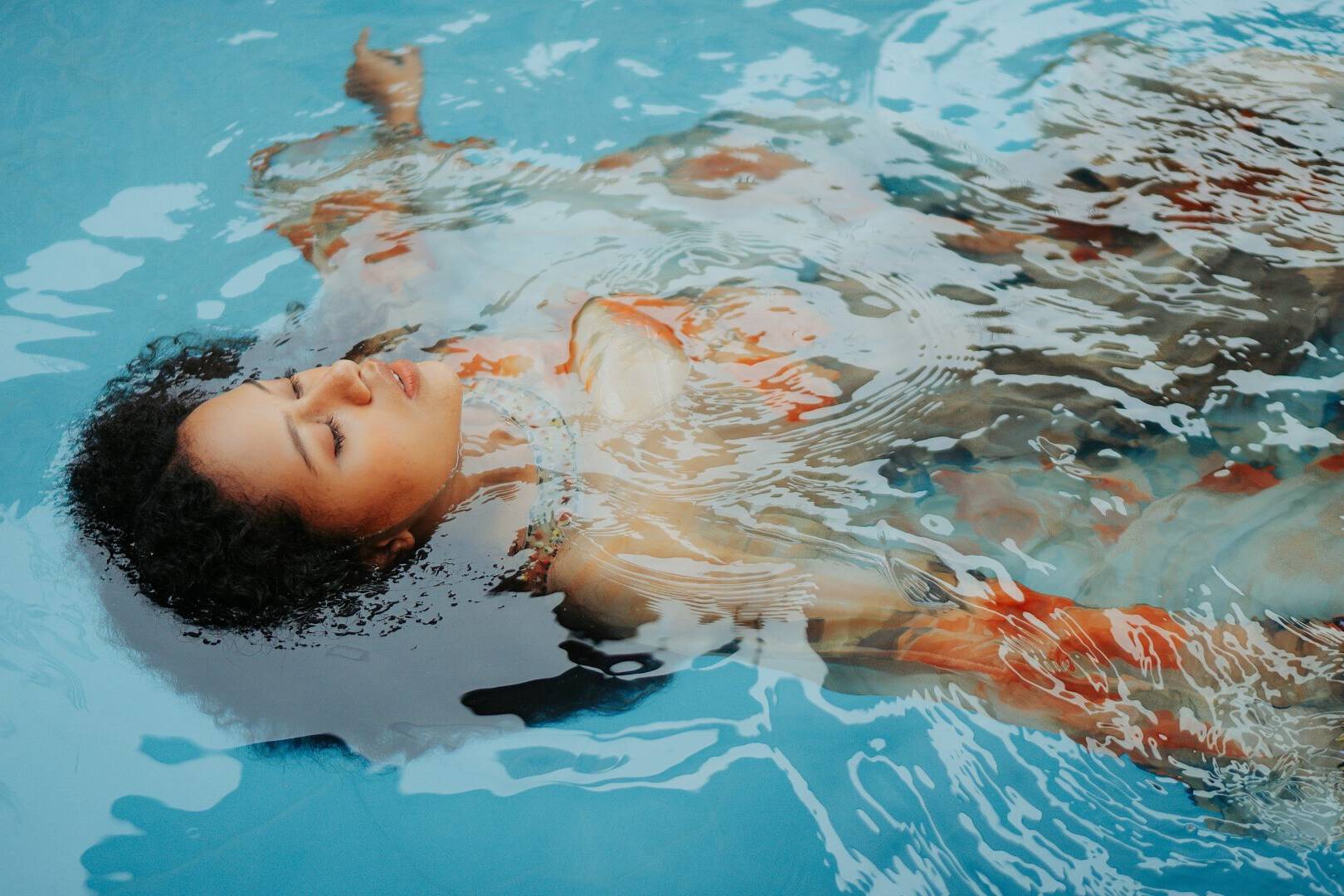3 Causes of Rash or Itchy Skin After Swimming
Jumping into a clear, cool swimming pool is one of the best parts of summer. But getting itchy skin from a salt water or chlorinated pool can put a damper on your warm weather plans.
By jumping into a shower after your swim and quickly washing your bathing suit, you’ll increase your chances of avoiding this condition.
1. You May Have “Swimmer’s Itch”
If you notice a rash or bumps on your skin after swimming in a pool, you may have come in contact with a virus, parasite, or bacteria, according to the Children’s Hospital of Philadelphia. These tiny organisms can take up residence in inland lakes, ocean waters, and even poorly maintained pools and hot tubs.
When you swim in that water, organisms can find breaks and burrow in your skin, which produces an allergic reaction and causes a noncontagious rash. These common conditions have catchy names like “swimmer’s itch” and “seabather’s eruption.”
According to Mayo Clinic, symptoms of swimmer’s itch include:
- Small, reddish bumps
- Itching, tingling, or burning
- Small blisters
To decrease the chances that you’ll become affected by swimmer’s itch, Cleveland Clinic recommends rinsing off with clean water as soon as you finish swimming. Be sure to dry off with a clean towel, remove your swimsuit, and throw it in the wash when you get home to eradicate hitchhiking organisms that could cause bumps on the skin.
Although the bumps associated with swimmer’s itch don’t spread, and the condition isn’t contagious, it’s important not to scratch, according to Washington State University in Pullman. This can make the itching worse and may also trigger a secondary infection.
Your physician might have a tough time diagnosing swimmer’s itch, as this pesky ailment can mimic poison ivy and other skin conditions, according to Mayo Clinic. Also, there’s no definitive test that will confirm that swimmer’s itch is the culprit, so your doctor will rely on their clinical knowledge to make the diagnosis. If swimmer’s itch is the problem, it should gradually disappear in about a week.
Until then, applying an over-the-counter anti-itch cream may help. Try covering the affected skin with a baking soda and water paste. Soaking in a bath containing a small amount of baking soda, oatmeal-based products, or Epsom salts might also provide relief.
2. Swimming May Exacerbate Eczema Symptoms
If you have eczema, swimming in a salt water pool can produce two considerably different effects. While some patients with eczema find salt water very calming and soothing to their skin, exposure results in noticeable pain for others. Regardless of your swimming environment, the National Eczema Association provides some useful guidelines.
About an hour before you jump in the water, slather your body with cream or a light ointment. Drink plenty of water, as that will hydrate your body and skin. After you get back on dry land, replenish the fluids you lost while you traversed the pool or floated in the sun.
To decrease the chances of irritation, immediately shower with lukewarm water, making it cooler if needed. Avoid using hot water, as that will likely cause you discomfort. Within three minutes after your shower, apply a thick layer of moisturizer to provide your skin with much-needed hydration.
3. You Might Be Sensitive to Chlorine
Itchy skin is also possible after swimming in a chlorinated pool. According to the American College of Allergy, Asthma & Immunology, you can’t be allergic to chlorine, but it’s certainly possible that you have irritant dermatitis. In other words, your skin has become overly sensitive to the chemical.
Chlorine reactions can include itchy red skin or hives. Chlorine can also make ongoing dermatitis worse and can really dry out your skin.
Keep in mind that pool operators may add more chlorine to the pool chemical mix due to well-publicized health scares, such as an E. coli outbreak. Try swimming in a pool that contains lower amounts of chlorine to see if that helps minimize your symptoms.
To ease your current discomfort, and ideally remove any traces of the irritating substance, wash your affected skin with clean, fresh water. Your physician may prescribe a corticosteroid cream that can provide relief. Follow the application instructions exactly and don’t use more of the cream than is indicated.
Source: EveryDayHealth




